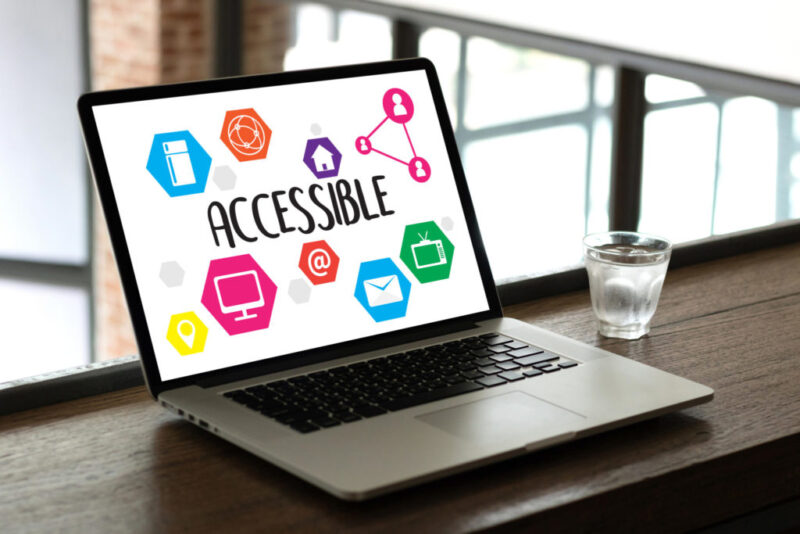Eight out of ten people with disabilities who come to a website may leave it instantly if it is not accessible. If you are maintaining a commercial website or public Information site, you must have a closer look at these statistics to rethink your site’s accessibility. Considering the fact that about 15% of the global population is people with disabilities, web accessibility has become a necessity than an option. If people with disabilities tend to leave your website, then you are missing out on the huge potential of converting this market segment into business. The amount of time people tends to spend on your website converts into business in different ways.
Web Accessibility Initiative or WAI – AccessiBe
WAI or Web Accessibility Initiative is a reliable resource that is meant to make the internet a more accessible place for people with disabilities. WAI was set up by the W3C or Worldwide Web Consortium, which is meant to develop standards for accessibility and offer support for the implementation of the same. AccessiBe points out that there are two major standards of WAI web content accessibility guidelines or WCAG and WAI-ARIA or Accessible Reach Internet Application.
About WCAG
Web Content Accessibility Guidelines are a set of instructions that underpin the legislation related to accessibilities in many countries. The latest version of WCAG is 2.1. WCAG address the needs of people with different disabilities. This includes vision impairment, hearing problems, motor neuron deficiencies, and cognitive disabilities. There are a large number of conditions covered under each of these categories, which may affect the abilities of individuals to access web content as normal people do, which is being protected under WCAG guidelines.
About WAI-ARIA
WAI-ARIA is usually known as ARIA, which is the mode of custom building the controls of websites to make them more accessible. ARIA is more focused on blind users and others who may use assistive technologies like screen readers used to read the page’s content. Using Aria is an advanced approach. If the ARIA code is incorrectly applied, it may end up in many problems. In order to use ARIA properly, you may consult a web accessibility specialist.
Creating an accessible site
In order to make a website fully accessible, one has to learn about the special access needs of people with disabilities. It is important to learn about accessibility best practices and check for the major accessibility errors websites tend to make. You need to correct such errors as you identify those through an audit and consistently improve the accessibility of your website to communicate effectively with all types of visitors.
Writing accessible content
You have to use the header tags on the page if you are not already using them in the correct structure. Headers will make the page easier to scan. H1 header tags may also provide structure for the screen readers to navigate through the page. You also have to keep the writing clear and simple. Try to avoid jargons and long sentences which may be difficult to understand. This is very important if you write instructions for the error message.
The other suggestions by AccessiBe for accessibility assurance are to include alt text for multimedia, provide the right anchor text, create proper link anchor texts, the transcript for all audiovisual media, etc.

